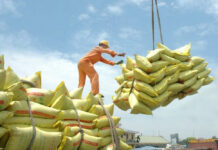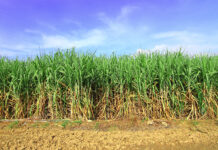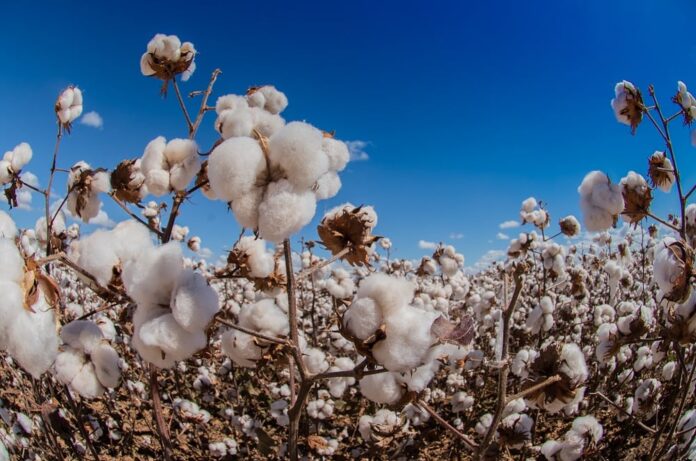- Industry leaders call for crop zoning regulations, hybrid cultivation, and policy changes as concerns remain over its viability of hybrid quality
Pakistan’s cotton industry is experiencing a severe crisis, with production dropping from a record 15 million bales to just 5.5 million, causing alarm throughout the textile value chain. This decline in local cotton output has placed considerable pressure on the country’s foreign exchange reserves, as the textile sector increasingly depends on imported cotton to meet demand.
Industry leaders are urging both federal and provincial governments to introduce crop zoning regulations, lower the high input costs faced by farmers, and reduce the 86% sales tax on cotton ginning. There are also calls for renewed efforts to promote hybrid cotton cultivation, though opinions on its feasibility remain divided.
Recent reports reveal that approximately 150 acres of hybrid cotton have been planted in Punjab and Sindh following the federal government’s approval for the import of hybrid cotton seeds. However, questions about its viability persist, especially in light of past failures.
In 2010, hybrid cotton trials conducted by two multinational seed companies in collaboration with the Pakistan Central Cotton Committee (PCCC) yielded 60% lower output than traditional varieties. Similar trials over the past decade have also faltered, largely due to the incompatibility of hybrid seeds with Pakistan’s climatic conditions.
While hybrid cotton has failed to deliver, the conventional SS-32 variety has shown resilience, outperforming other varieties in the past decade. Despite challenges such as environmental stress from nearby sugarcane cultivation and unpredictable weather, SS-32 consistently provides higher yields. However, it has not been officially approved due to concerns about its weaker fiber.
Currently, over 50% of cotton cultivation is dedicated to SS-32. The latest PCCC report for the 2024-25 season confirms SS-32 as the highest-yielding variety in the country.
Meanwhile, growers continue to express frustration over the failure to enforce crop zoning laws, which have allowed sugarcane cultivation to encroach upon designated cotton-growing areas. The unchecked expansion of sugar mills in these zones is widely seen as a significant contributor to the ongoing decline in cotton production.
























